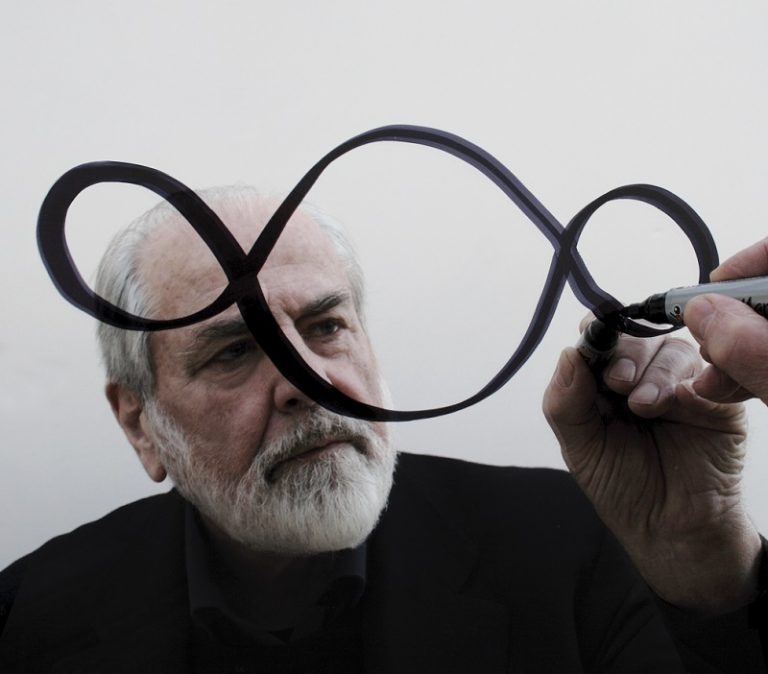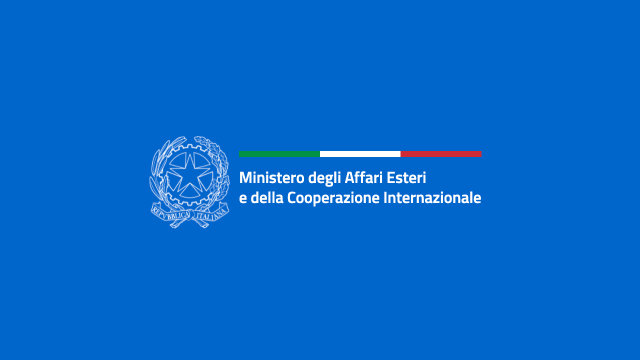Trafficking in artworks can now be countered with smartphones and tablets. This thanks to the “iTPC”, a state-of-the-art, all-Italian application whose presentation, entitled “Cultural Property Trafficking in Crisis Areas – The Expertise of the Italian Carabinieri for the Protection of Cultural Heritage in Countering this new Challenge”, was organised by Italy and Unesco for the Third Meeting of States Parties to the 1970 Convention on the Means of Prohibiting and Preventing the Illicit Import, Export and Transfer of Ownership of Cultural Property. The iTPC was programmed entirely by the Carabinieri division for the protection of cultural property (TPC) for a broad user pool (particularly young people), and transforms every smartphone into a tool capable of making an effective contribution to fighting illicit trafficking.
With a simple internet connection, this example of “made in Italy” excellence permits access, in any location or circumstance, to the data base of stolen cultural assets set up by the the Ministry of Cultural Assets and Activities and Tourism (Mibact), and makes it possible to consult entire collections of publications by the TPC division since 1970, which contain images of the principal artworks that have gone missing over time. The product, thus far distributed in Italy only, is to be added to the international best practices and will soon be issued in other languages. The Italian Permanent Mission to Unesco handled the application’s presentation under the guidance of Vincenzo Lomonaco, who opened the work session.
The introduction was followed by speeches from the foreign ministry’s Central Director for Cultural Promotion Massimo Riccardo and Unesco Assistant Director-General for Culture Alfredo Perez de Armiñan. This application is only the latest example of Italy’s continuing contribution at international level to promoting the defence of cultural heritage. Indeed, our country has long been engaged in every major arena, particularly the United Nations and Unesco, as was confirmed by Premier Matteo Renzi’s proposal during the peacekeeping summit in the side-lines of the UN General Assembly of a task force of Carabinieri specialised in the protection of cultural property, to be mobilised in emergency situations upon Unesco request. The topic came sharply into focus first following the destruction of cultural treasures carried out by the Taleban in Afghanistan and, more recently, by Daesh in Iraq and Syria.


